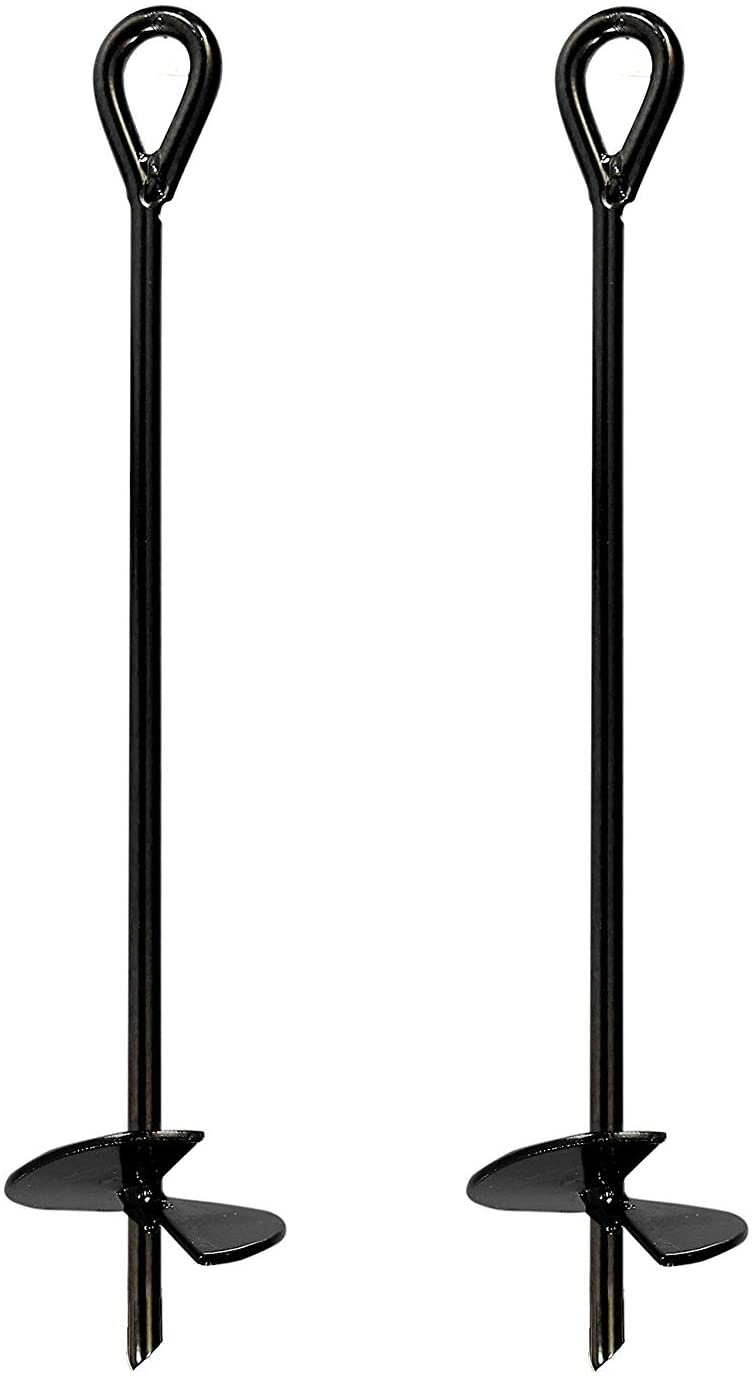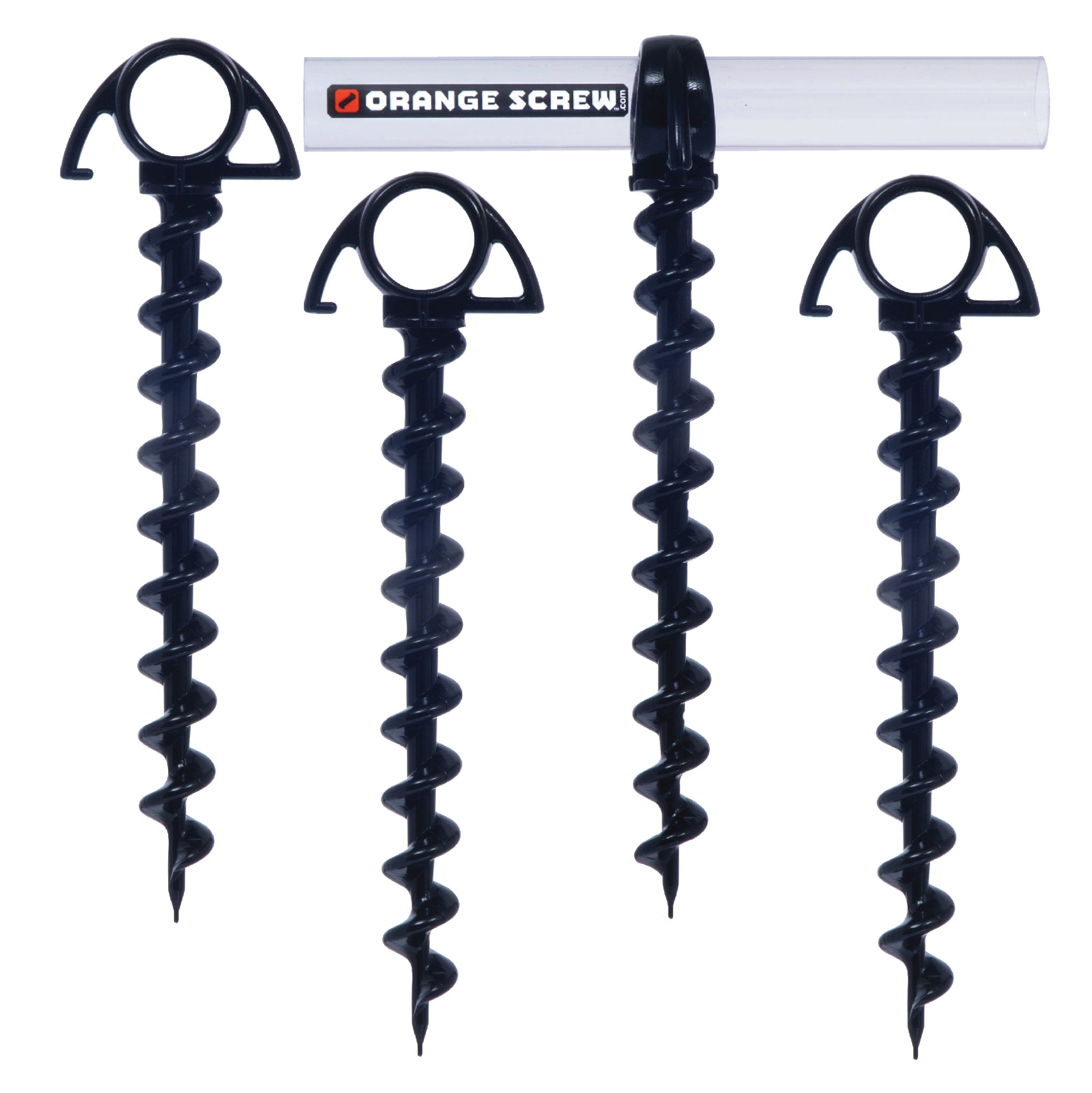All the Essential Details About Choosing the Right Ground Anchor for Maximum Security
All the Essential Details About Choosing the Right Ground Anchor for Maximum Security
Blog Article
Check Out the Different Sorts Of Ground Anchor for Your Next Job
From auger anchors, which excel in varied dirt conditions, to stake supports developed for short-term setups, the options are many. In addition, concrete and screw anchors existing unique benefits in certain situations, while deadman supports are customized for applications calling for resistance to side forces.

Auger Anchors
Auger anchors are a popular option in various building and landscape design projects as a result of their distinct design and reliable securing capabilities. These supports are composed of a helical screw-like shaft that is driven into the ground, allowing for a secure and stable hold. The spiral style helps with easy installation and optimizes resistance versus lateral pressures, making auger supports especially effective in applications such as secure fencing, short-term structures, and erosion control.
The installment process of auger anchors is reasonably simple. They can be by hand or mechanically installed, depending upon the dimension and required deepness. This flexibility allows for their use in varied soil problems, from sandy to clayey terrains. Auger anchors can be easily removed and recycled, which adds to their cost-effectiveness and sustainability.
Among the significant benefits of auger anchors is their ability to disperse loads equally throughout the surrounding soil, lowering the threat of soil disturbance and lessening ecological effect. Furthermore, they are less vulnerable to loosening or heaving gradually compared to traditional securing techniques. Consequently, auger anchors are an excellent choice for projects calling for dependable and long lasting anchoring solutions.

Stake Anchors
When it involves protecting structures in a selection of outside applications, stake anchors offer a simple and reliable service. These supports are commonly constructed from resilient products such as steel or aluminum, made to withstand ecological stresses while giving optimum security. Their straightforward layout enables fast setup, making them an excellent choice for long-term or momentary anchoring demands.
Stake anchors are especially beneficial in protecting outdoors tents, covers, and other light-weight frameworks versus wind and climate. They operate by being driven right into the ground at an angle, producing a strong hold that stands up to pull-out forces - Ground Anchor. The performance of risk anchors depends on several variables, consisting of dirt kind, moisture web content, and the angle of installation
For included safety, numerous risk supports come with accessory factors for straps or ropes, enabling for stress changes as essential. In applications such as landscaping or construction, they can effectively support devices or structures on irregular terrain. On the whole, risk anchors give a flexible and cost-efficient solution for safeguarding different outside installments, making them a preferred option for specialists and do it yourself enthusiasts alike.
Concrete Anchors
Concrete anchors offer a durable service for securing frameworks to concrete surfaces, ensuring security and safety in numerous applications. These anchors are vital for jobs ranging from residential building and constructions to large commercial installations. They are available in different types, including growth anchors, glue supports, and undercut supports, each created for particular lots demands and environmental conditions.
Development anchors rely upon mechanical systems to grip the concrete when mounted. They are perfect for why not look here medium to sturdy applications. Adhesive supports make use of high-strength epoxy or resin to bond the support to the concrete, offering superior load-bearing abilities, specifically in broken concrete situations. Undercut supports develop an one-of-a-kind shape within the concrete, providing extraordinary holding power, specifically in applications where tensile loads are widespread.
When performed appropriately, concrete supports significantly enhance the architectural stability of different tasks, making them important in contemporary building and construction techniques. Comprehending the details requirements of your project will aid in picking the appropriate type of concrete anchor for the job.
Screw Anchors

Screw anchors are a versatile securing service that can be successfully utilized in a variety of applications where conventional concrete anchors might not suffice. These anchors consist of a helical design that allows them to be conveniently driven into the ground, making them excellent for usage in dirt and various other substratums. Their one-of-a-kind structure offers outstanding holding power and resistance to pull-out forces, making them appropriate for many projects, from landscape design to architectural assistance.
One of the main benefits of screw anchors is their simplicity of installation. They need minimal tools and can usually be set up without the demand for excavation, which conserves both time and labor prices. Additionally, screw supports can be gotten rid of and reused, providing a lasting remedy for short-lived applications.
Screw anchors are specifically valuable in locations where soil problems are testing, such as sandy or loosened soils. Their capacity to be mounted at varying midsts enables customization based on particular job needs. On the whole, screw supports give a reliable and dependable securing technique, making them an outstanding selection for designers and service providers looking for efficient options for their projects.
Deadman Anchors
Deadman supports work as a durable service for maintaining frameworks in challenging conditions, particularly where conventional securing methods may fail. These anchors contain large, hefty things buried underground, which create resistance versus side pressures. The layout commonly includes a straight component, such as a block of concrete or a metal plate, hidden in the dirt, to which straps or cables are attached.
The efficiency of deadman anchors depends on their ability to distribute tons over a larger area, decreasing the threat of failure in unpredictable soil problems. They are especially advantageous in applications such as preserving walls, short-term frameworks, and slope stabilization, where soil movement can jeopardize the stability of the framework.
Installment of deadman anchors calls for mindful planning to guarantee they are placed at the appropriate depth and positioning, maximizing their load-bearing capacity. While they might call for even more labor and material than light-weight anchors, their integrity in unfavorable conditions makes them invaluable for long-lasting tasks. In addition, deadman anchors are functional and can be adjusted to numerous applications, making them a best selection for designers dealing with one-of-a-kind obstacles in their tasks.
Conclusion
Auger supports excel in varied dirt problems, while click this site stake supports suit temporary applications. For concrete surfaces, growth and sticky supports provide dependable alternatives, and screw supports offer adaptability in challenging terrains.
Furthermore, concrete and screw my link supports existing unique advantages in specific scenarios, while deadman supports are customized for applications requiring resistance to lateral forces - Ground Anchor.Auger supports are a popular option in different building and landscaping jobs due to their special layout and reliable securing abilities. They come in different types, including expansion anchors, adhesive supports, and undercut anchors, each created for specific tons demands and ecological problems
Sticky supports use high-strength epoxy or resin to bond the support to the concrete, offering superior load-bearing capabilities, especially in broken concrete scenarios. Overall, screw anchors provide a efficient and trusted securing method, making them an excellent selection for service providers and engineers seeking effective services for their jobs.
Report this page